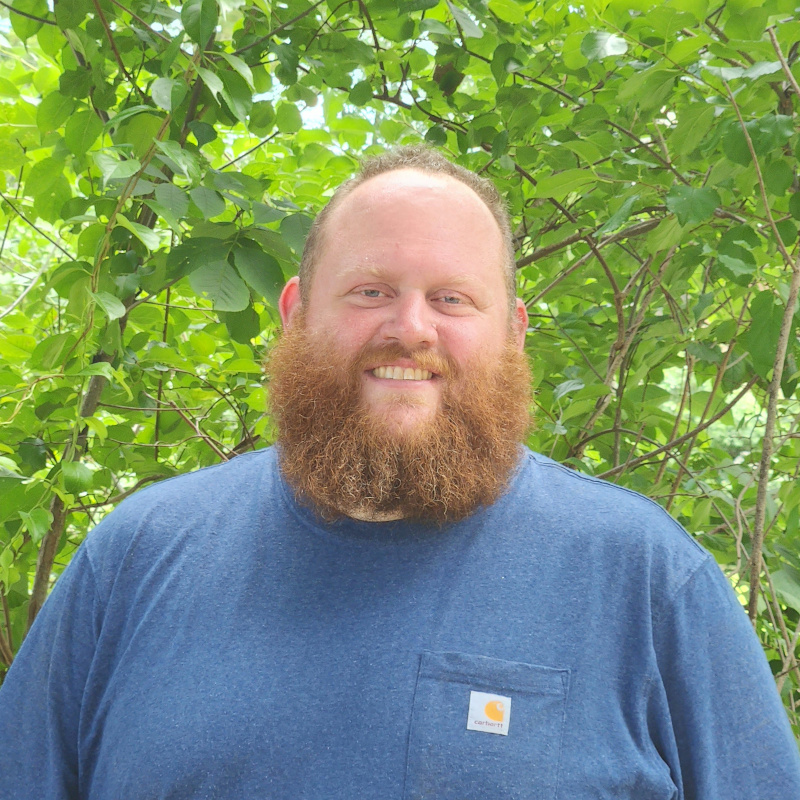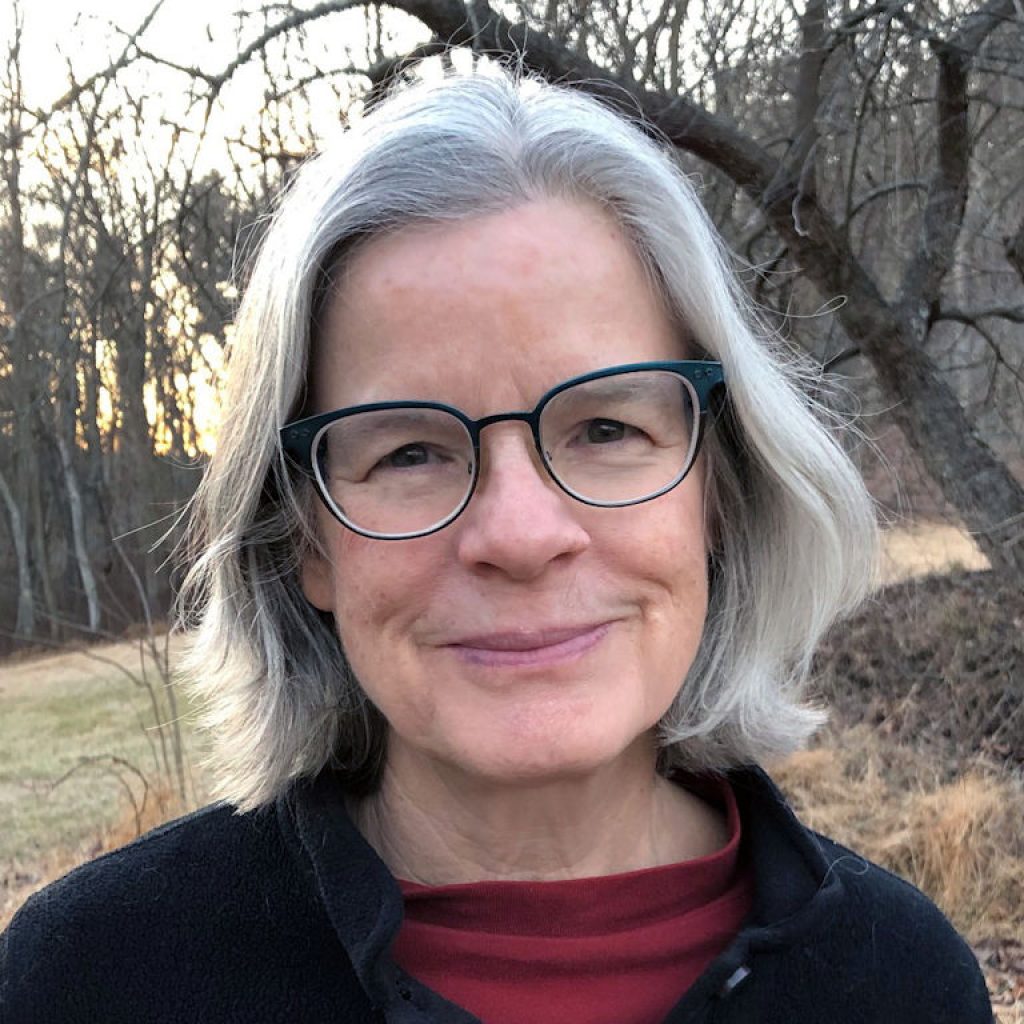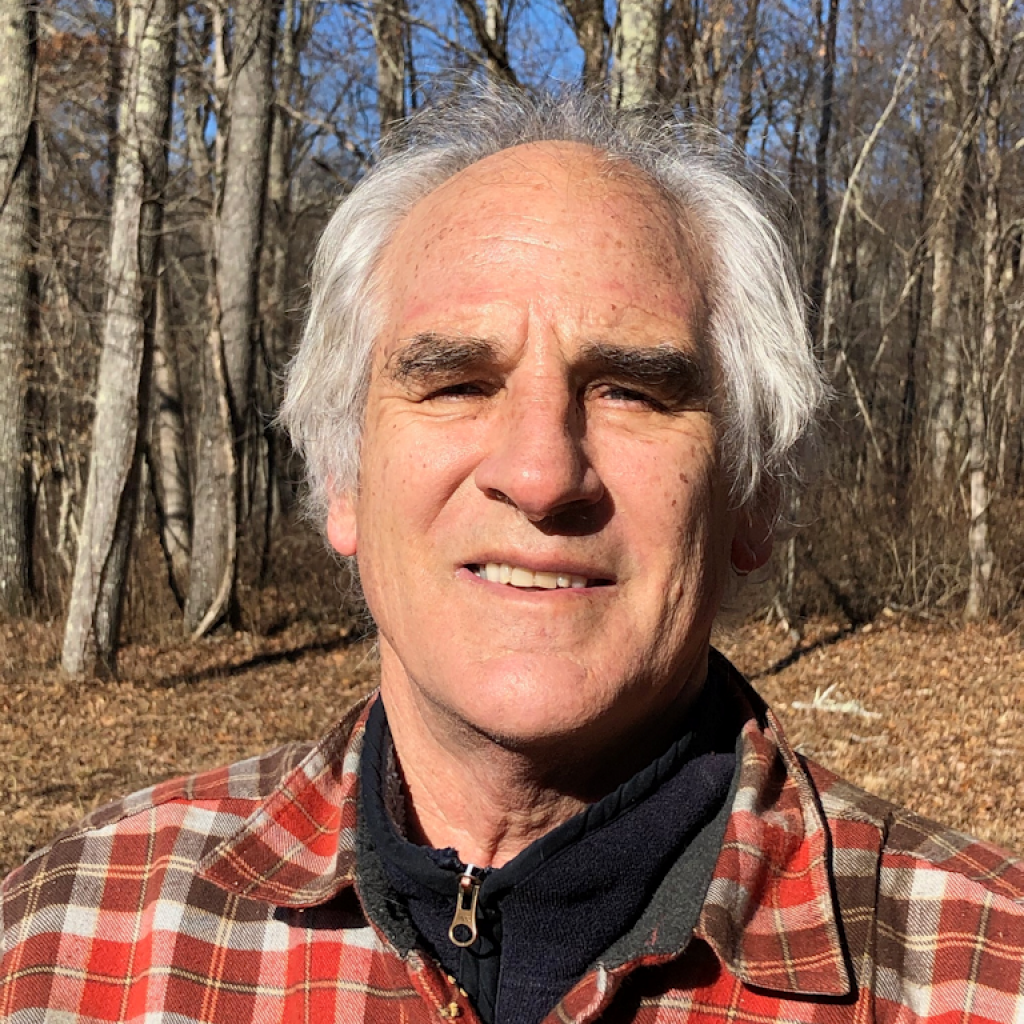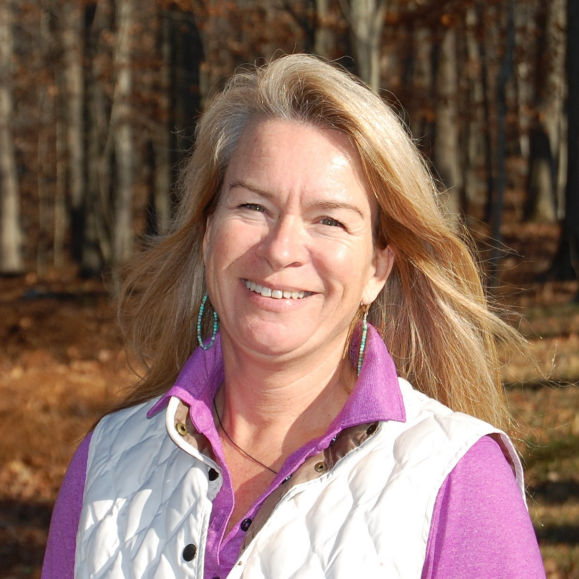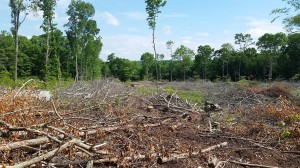 Slawson Preserve June 2019 by Wendy Hill
Slawson Preserve June 2019 by Wendy Hill
Date: Sun November 12, 2023
Time: 1:00-4:00 pm
Place: Meet at Nehantic State Forest, Northern Boundary Rd. Parking Lot, Keeny Rd, Lyme
Contact Email:
openspace@townlyme.org
!!! seems it only displays well the 2nd time? ugh.
Join CT DEEP foresters Alexander Amendola, Frank Cervo, and Emery Gluck (retired) for a tour of an ongoing young forest project which is designed to provide suitable habitat for New England Cottontail (NEC) and other wildlife species of conservation concern. The walk to the site and back is about 2 miles, moderately rugged with a few short steep climbs and some rocky footing. We will spend time exploring at the site to experience and learn the significance of early successional habitat. Site Map.
Register: openspace@townlyme.org
Directions: Meet at the northernmost parking lot (closest to Beaver Brook Rd.) on Keeny Rd. in Nehantic State Forest. For a map with the meeting place marked.
In order to promote the survival of NEC and other species that benefit from young forest, the Lyme Land Trust partnered with a private landowner as well as State and Federal Agencies to create young forest at Slawson Preserve and surrounding properties. The partners agreed to conduct three harvests of mature trees to create early successional habitat over a 10-year time period. The first harvest on 25-acres of private land was completed in the winter of 2014-15. After receiving funding from the federal NRCS EQIP program, the Land Trust harvested about 25 acres of trees on Slawson Preserve in the winter of 2017-18. A third harvest was conducted on Nehantic State Forest land a few years after that under the direction of forester Emery Gluck. Staggering the treatments ensured that a mosaic of young brushy habitat is available over a longer period of time. Over time, the treatments will be repeated to maintain the young forest.
In addition to NEC, early successional habitat is beneficial to many species such as the prairie warbler, eastern towhee, indigo bunting, American woodcock, wood turtle, and box turtle. Early successional forest is rare in CT because undeveloped land naturally transitions into forests of large mature trees. Historically, young forest habitat was maintained and regenerated by fire, storms, and tree clearance. Learn more about young forests and the New England Cottontail.
For a CT Examiner article on the project.
Sponsored by Lyme Land Trust, Town of Lyme, and CT DEEP
Join CT DEEP foresters Alexander Amendola, Frank Cervo, and Emery Gluck (retired) for a tour of an ongoing young forest project which is designed to provide suitable habitat for New England Cottontail (NEC) and other wildlife species of conservation concern. The walk to the site and back is about 2 miles, moderately rugged with a few short steep climbs and some rocky footing. We will spend time exploring at the site to experience and learn the significance of early successional habitat. Site Map.
Register: openspace@townlyme.org
Directions: Meet at the northernmost parking lot (closest to Beaver Brook Rd.) on Keeny Rd. in Nehantic State Forest. For a map with the meeting place marked.
In order to promote the survival of NEC and other species that benefit from young forest, the Lyme Land Trust partnered with a private landowner as well as State and Federal Agencies to create young forest at Slawson Preserve and surrounding properties. The partners agreed to conduct three harvests of mature trees to create early successional habitat over a 10-year time period. The first harvest on 25-acres of private land was completed in the winter of 2014-15. After receiving funding from the federal NRCS EQIP program, the Land Trust harvested about 25 acres of trees on Slawson Preserve in the winter of 2017-18. A third harvest was conducted on Nehantic State Forest land a few years after that under the direction of forester Emery Gluck. Staggering the treatments ensured that a mosaic of young brushy habitat is available over a longer period of time. Over time, the treatments will be repeated to maintain the young forest.
In addition to NEC, early successional habitat is beneficial to many species such as the prairie warbler, eastern towhee, indigo bunting, American woodcock, wood turtle, and box turtle. Early successional forest is rare in CT because undeveloped land naturally transitions into forests of large mature trees. Historically, young forest habitat was maintained and regenerated by fire, storms, and tree clearance. Learn more about young forests and the New England Cottontail.
For a CT Examiner article on the project.
Sponsored by Lyme Land Trust, Town of Lyme, and CT DEEP



